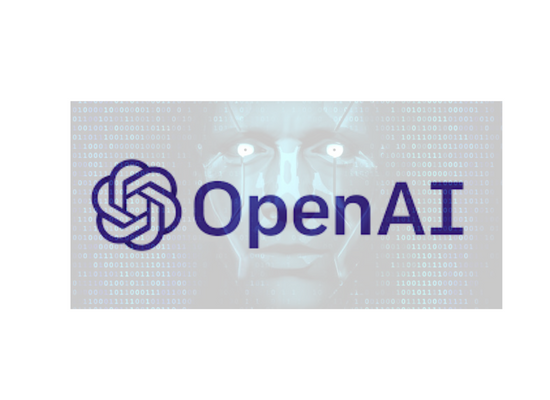OpenAI is an Artificial Intelligence research lab founded over 8 years ago in December of 2015 that you probably never heard of….until a month ago. Now it’s all anyone can talk about and there’s a good reason why. This is the first time the general public has had easy access to an incredibly user friendly AI tool of this scale and they are quickly learning what the incredible power of AI can accomplish.
OpenAI has a number of distinct AI function but the one making the largest impact is ChatGPT. So what is it? Well, why don’t we ask ChatGPT to tell you. In this basic example you can see how chat GPT is able to generate robust answers to simple questions but even more impressive is how it can adapt to a follow up prompt to modify a previous answer. The AI for ChatGPT was trained on over 8 million documents and over 10 billion words giving it an astronomically broad range of topics and responses it can generate.
In this basic example you can see how chat GPT is able to generate robust answers to simple questions but even more impressive is how it can adapt to a follow up prompt to modify a previous answer. The AI for ChatGPT was trained on over 8 million documents and over 10 billion words giving it an astronomically broad range of topics and responses it can generate.
The response to this has been staggering with 1million new users signing in after only 1 week, that is a faster adoption rate than every major social platform has ever seen after launch and it is expected to cross the 1BILLION mark by the end of 2023.
Marketing has been a particular area of interest for disruption by this technology with it’s ability to generate content at incredible speeds across such a huge range of topics. With a single prompt, ChatGPT can write entire pages of content for a website, adcopy for marketing or even lay out an SEO optimization plan for your domain and the content is typically delivered in seconds.
While the content it delivers can admittedly be a bit vanilla, with additional prompts the AI will regenerate responses to do things like add humor, expand on individual points, simplify explanations or you can even add a prompt to make the text “more compelling” and the AI will adapt like this:

As you can see, with a simple prompt, the AI modified the copy to be much more concise and added a stronger call to action at the end. To be clear, this took the AI less than 30 seconds in total.
While the copy itself isn’t award winning or particularly inspired, it is accurate and robust and would be perfectly usable for a campaign.
This is where the question of how disruptive the technology will be comes into play. Will it eliminate jobs? Will it replace the need for people across entire industries?
In it’s current iteration, I do not believe it is robust enough to replace a seasoned copywriter, but what it can do is enhance the abilities of copywriters that learn to use it. Leveraging the AI’s ability to spit out content with minimal effort, a seasoned professional can then spend their time editing and enhancing the content to make it more compelling and give it the human touch.
What the AI can do is make anyone significantly more productive and the real disruption in the short term will come with the separation of people that learn to adopt and utilize this technology vs the ones that don’t.
Long term, that’s a different story. The current AI, although it is trained on a large amount of data, is locked to any data from 2021 or earlier. It is not currently hooked live into the internet and cannot update or supply data on anything current. Future iterations will not only have internet access but will be trained on 100x the amount of data.
Imagine an AI writing copy that can scour the entire net, research every competitor, every website in your industry and every article or content piece that is relevant and then generate copy in real-time based on all of that information. Now imagine this hooked directly into your advertising campaigns, changing copy on the fly minute by minute to adapt to consumer intent and market conditions. The possibilities are staggering and completely realistic. The only question is….when?
While version 1 is causing quite the stir, version 20, 50 or even 100 will ultimately change everything. Companies that adopt this more quickly are all but guaranteed to come out ahead long term.
This is the beginning of a new era. Strap in and get ready for the ride.

